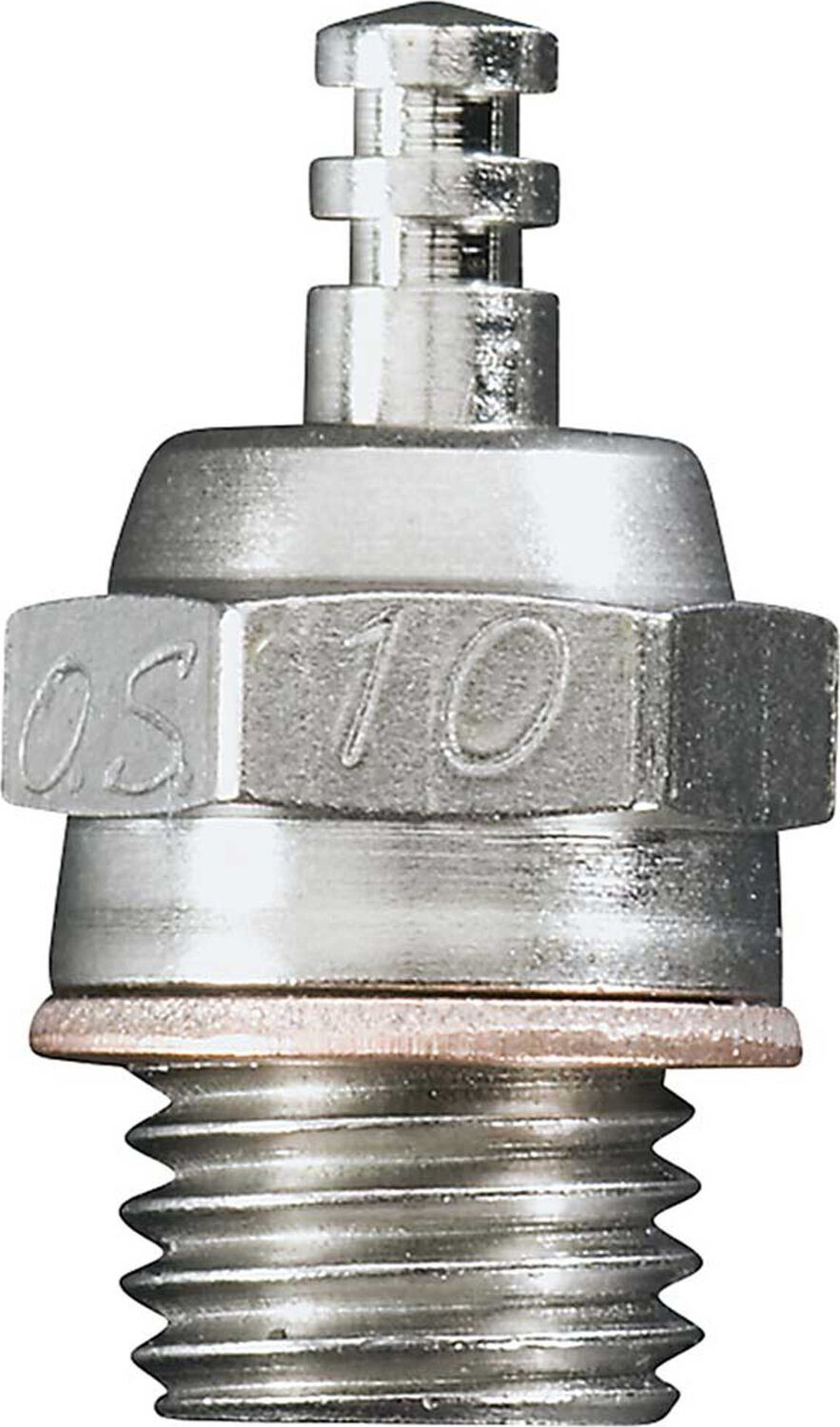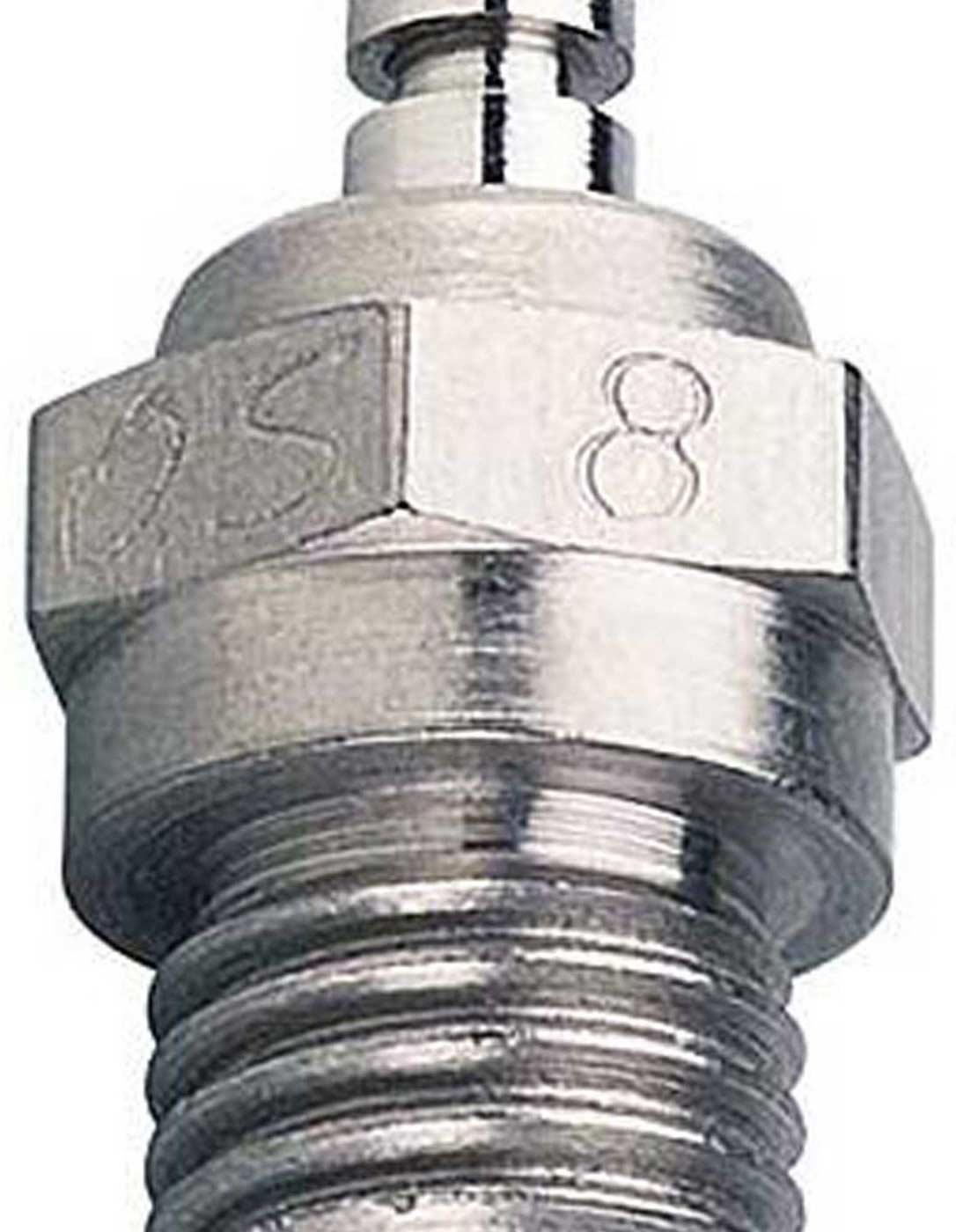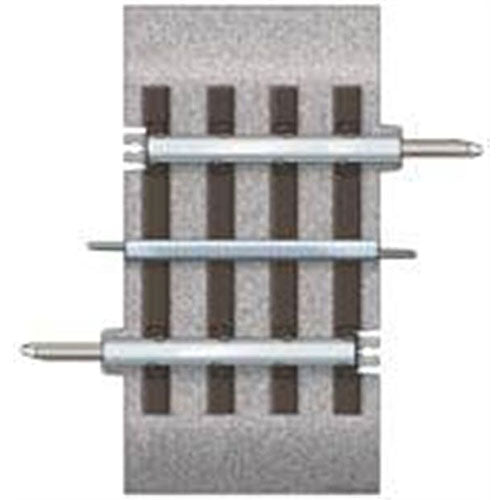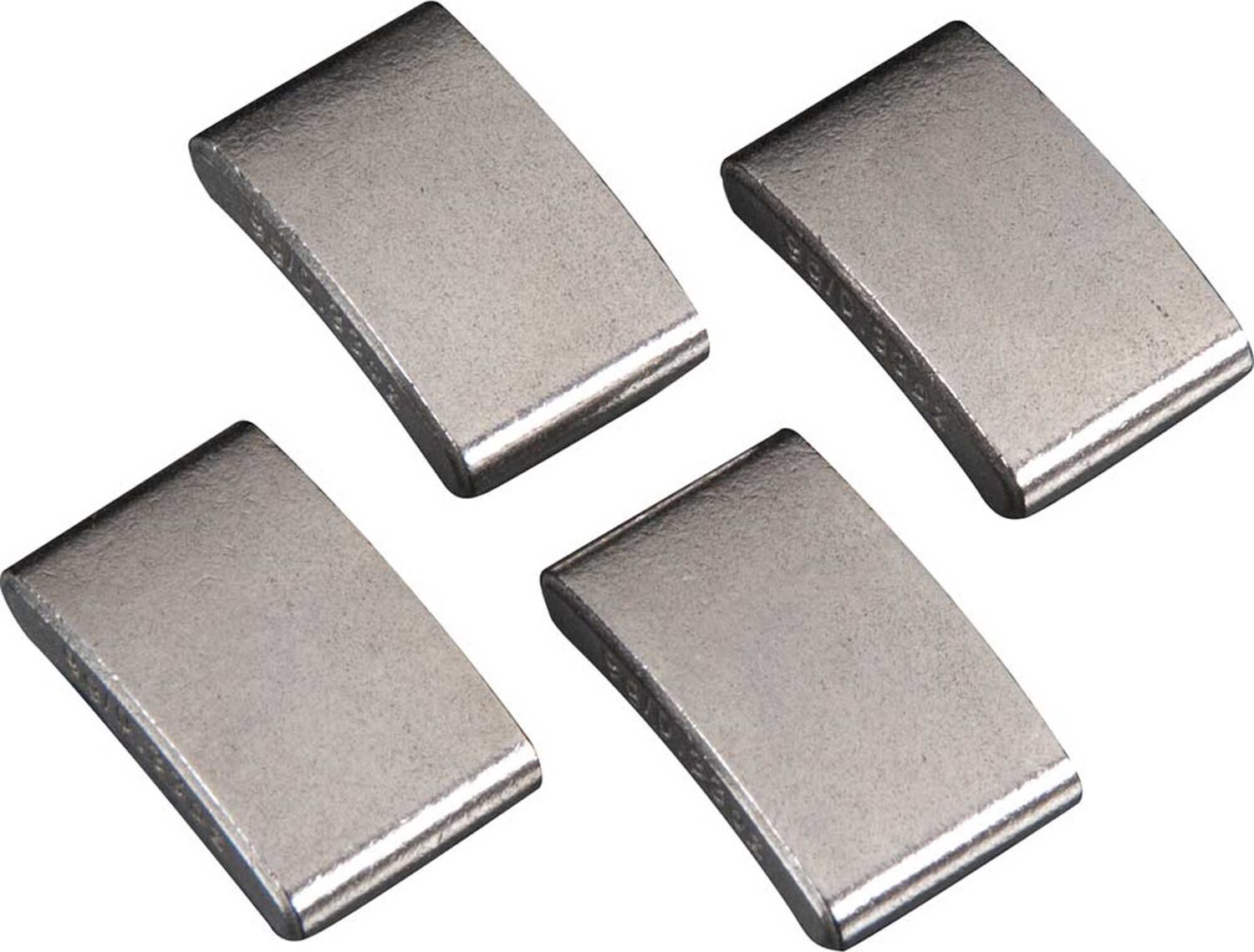Skill Level: Beginner
Explore the fascinating history of the Star Hopper Rocket, the world's first interplanetary spacecraft created under Project Star Hopper in 1949. With strange unidentified flying objects being reported, a group of government scientists aimed to design a fast and maneuverable piloted vehicle that could compete with the unknown aerial phenomena.
Though no proof exists, Estes' snap-together Star Hopper Rocket kit brings the elusive project to life with its retro atomic-age silver paint scheme and detail-molded plastic fins, nose cone, and engine mount. A recommended Estes engine can launch the rocket up to 400 feet, ejecting an 18-inch streamer at apogee. This beginner-level kit is easy to assemble and perfect for small field flights and demonstrations. With the Estes Star Hopper Rocket, you can fly your own version of this cryptic craft!
- SKILL LEVEL: Beginner
- RECOMMENDED ENGINES: 1/2A3-2T, A3-4T, A10-3T
- PROJECTED ALTITUDE: 400 ft. (122 m)
The History of Star Hopper Rocket
Let's take a look at the history of Star Hopper Rocket. In June of 1947, an experienced civilian pilot reported “saucer-like discs” over Mount Rainier. Strange lights appeared in the sky before then but never like this!
By July, the papers ran stories about a rancher who discovered strange wreckage in the desert near Roswell. Accounts of mystery “aircraft” and other unknown aerial phenomena were gaining public notice. Something strange was going on and the people in charge wanted answers.
Furthermore, in 1949, a clandestine group of government scientists met at a secret airbase in Nevada to form Project Star Hopper. A fast and maneuverable piloted vehicle was the goal; meant to compete with the unidentified objects commonly referred to as "flying saucers."
With the nation’s best engineers on the task, plans were drawn up for a sleek and functional atomic-powered vessel. The goal was to launch it quickly to intercept the aggressors. The result was the Star Hopper – the world’s first interplanetary spacecraft. They constructed and tested a small fleet, and by 1955, they were ready to protect the skies from alien invaders. Or so they told us…
Competing with Flying Saucers
Was there really a Project Star Hopper? Actually, it’s hard to say. No documents or proof exists – just rumors and speculation. Consequently, based on the scant evidence available, Estes designed a detailed model of this cryptic craft. Moreover, the Estes Star Hopper is a Beginner-Level kit that all rocket lovers would like to own and fly.
This is a no-glue, no-paint, snap-together kit that anyone can build and launch all in the same day. Featuring detail-molded plastic fins, nose cone, and engine mount, this kit not only looks great but survives even the roughest landings as creators intended. Pre-finished in a retro atomic-age silver paint scheme, the Star Hopper is a stylish kit that looks great and flies even better!
Prep the Estes Star Hopper with a recommend Estes engine (not included) and get ready for fantastic flights up to 400 feet – great for demonstrations and small field flights. Besides, watch at apogee as the rocket ejects a 18-inch streamer to slow its fall and help you track it to the ground.
With the twist-on engine retainer for fast engine loading, and a relatively wide body tube for easy ejection wadding and streamer packing, you’ll have your rocket ready to launch in no time! While the real Star Hopper may only be a myth, the Estes Star Hopper is real and ready to fly!
What You Need to Fly
Estes Porta-Pad II Launch Pad and Electron Beam Launch Controller, Estes model rocket engines, starters and recovery wadding.
Four 1.5V high quality AA alkaline batteries (sold separately)
Technical Specifications
-
Recommended Engines
1/2A3-2T, A3-4T, A10-3T
-
Launch System
Porta-Pad II
-
Projected Max Altitude
400 ft. (122 m)
-
Recovery System
Streamer
-
Length
7.4 in. (18.8 cm)
-
Diameter
0.74 in. (19 mm)
-
Weight
0.73 oz. (20.7 g)
-
Fin Material
Molded Plastic





















